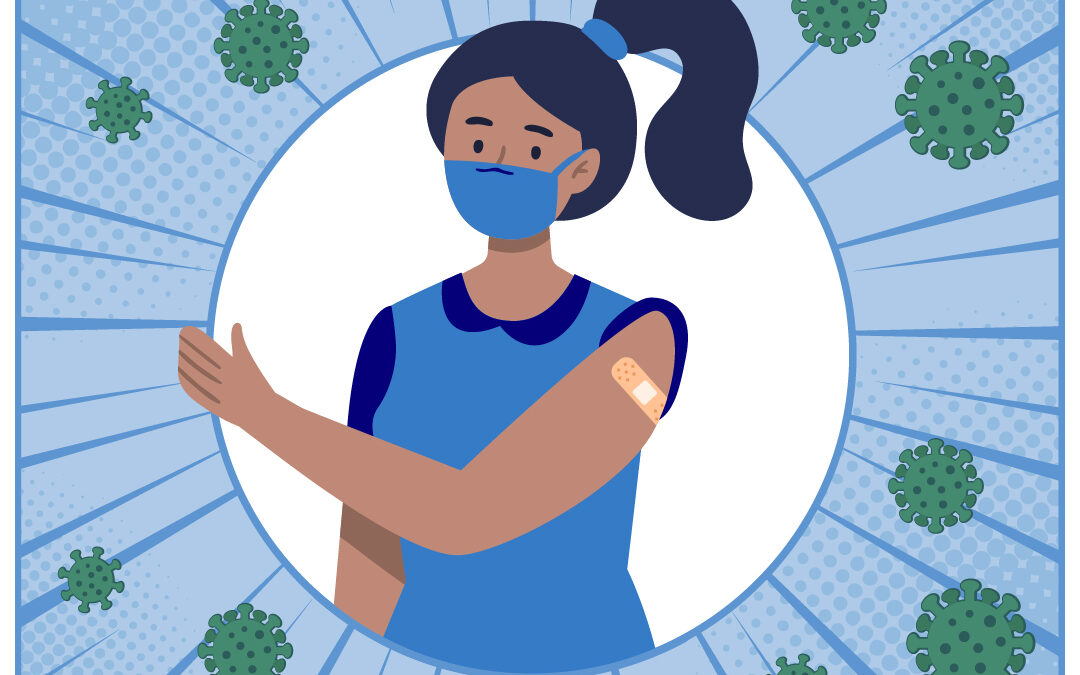It’s flu season. What to know now.
Each year, millions of people miss work and school because they have the flu (influenza.) Here’s what you should know about the flu and how to lower your chances of getting sick.
What is the flu? The flu is an illness caused by flu viruses. The flu may make people cough and have a sore throat and fever. They may also have a runny or stuffy nose, feel tired, have body aches, or show other signs they are not well. The flu happens every year and is more common in the fall and winter in the U.S. People of all ages can get the flu, from babies and young adults, to the elderly.
How does the flu spread? People who have the flu can spread the virus by coughing or sneezing. Droplets released when a sick person coughs, sneezes, or talks can land in the mouths or noses of people who are nearby. The droplets can also be inhaled into the lungs. People may also catch the flu by touching their mouth or nose after touching something with the virus on it, such as doorknobs, tables, or an infected person’s dirty hand.
Why get a flu shot?
- A flu vaccination can reduce flu illness, doctor’s visits, and missed work and school, as well as prevent flu-related hospitalizations
Who should get a flu shot?
It is recommended that anyone older than 6 months get an annual flu vaccination. Groups at high risk should be vaccinated:
- Children aged between 6 months and 5 years
- Adults 65 and older
- Women who are pregnant
- Residents of nursing homes or long-term care facilities
- Anyone with existing medical conditions such as asthma, lung or heart disease or diabetes
If you’re concerned about an allergic reaction, consult with your doctor before getting the vaccine.
Is it safe to get a flu shot?
- Some people think the flu vaccine gives you the flu – this is not true.
- While some people who get vaccinated still get sick, flu vaccination has been shown in several studies to reduce severity of illness.
- Some people do report experiencing a low-grade fever, aches or redness, soreness or swelling at the site of the vaccine injection.


